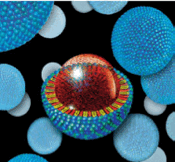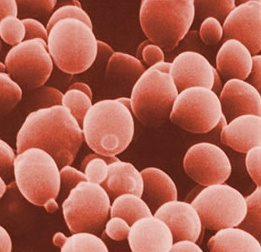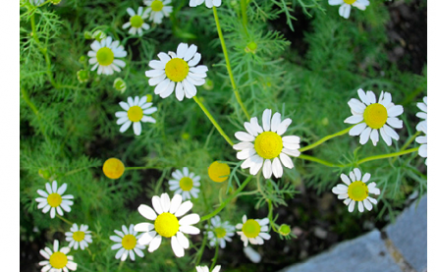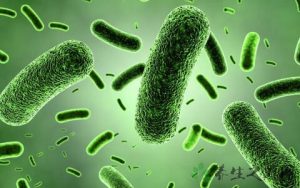NEWS

BioActive Nanomate
Diagram of Nanomate Structure Description: BioActive Na […]

Bio-Skinflora Solution
Description: nutrient solution with strong capacities o […]
Puri Platform Technology
Biotechnology: Puripharm has established modern biotech […]

Anti-irritation & Allergy Soothing Compound
Description: the anti-irritation and allergy soothing c […]
Magnano Magnolia officinalis Extract Nanoemulsion
Magnolia officinalis is an important herb of traditiona […]
Synbiotics Skin Micro-ecological Nanoemulsion BioNanoCare
A perfect match of biopharmaceutical technology and nan […]
BioActive Sugar
Glycoin® natural is a main active element of myrothamnu […]

PuriBifido
INCI Name :Bifida Ferment Lysate Bifida Ferment Extract […]
New Products
Advanced custom service provider
Design custom nano-transmission systems, bioactive substances, nano-formulations
Advanced Technology
A variety of technology platforms including biotechnology, plant extracts, green chemistry and innovative formulations have been built.
Professional Team
The founder team has more than 20 years of industry experience and a wealth of industry contacts.
Innovative Products
More than cosmetics and raw materials, multiple nanomedicines and biopharmaceuticals are on the market or in clinical research.


